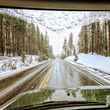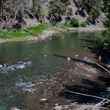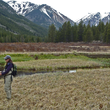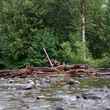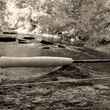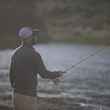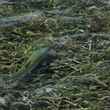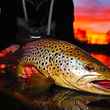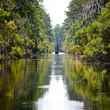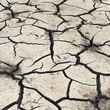The annual Fly Fishing Film Tour (F3T) kicked off earlier this week in Denver, Colorado. The tour has since moved on to Montana, with a showing last night at Bozeman's Emerson Theater and continues this week with screenings in Billings, Helena and Missoula. 160 cities later, the tour will conclude on April 30th in Austin, Texas.
This year's F3T selections includes films like Co2ld Waters, which stars Craig Matthews and Yvon Chouinard, amongst others and takes a look at the single biggest threat facing the future of angling: climate change. 90 Miles, which tells the story of Cuba's bonefish, tarpon and permit fishery -- a topic hot on the minds of many anglers these days -- seen through the eyes of a Bonefish Tarpon and Trust scientific outreach mission in 2013.



